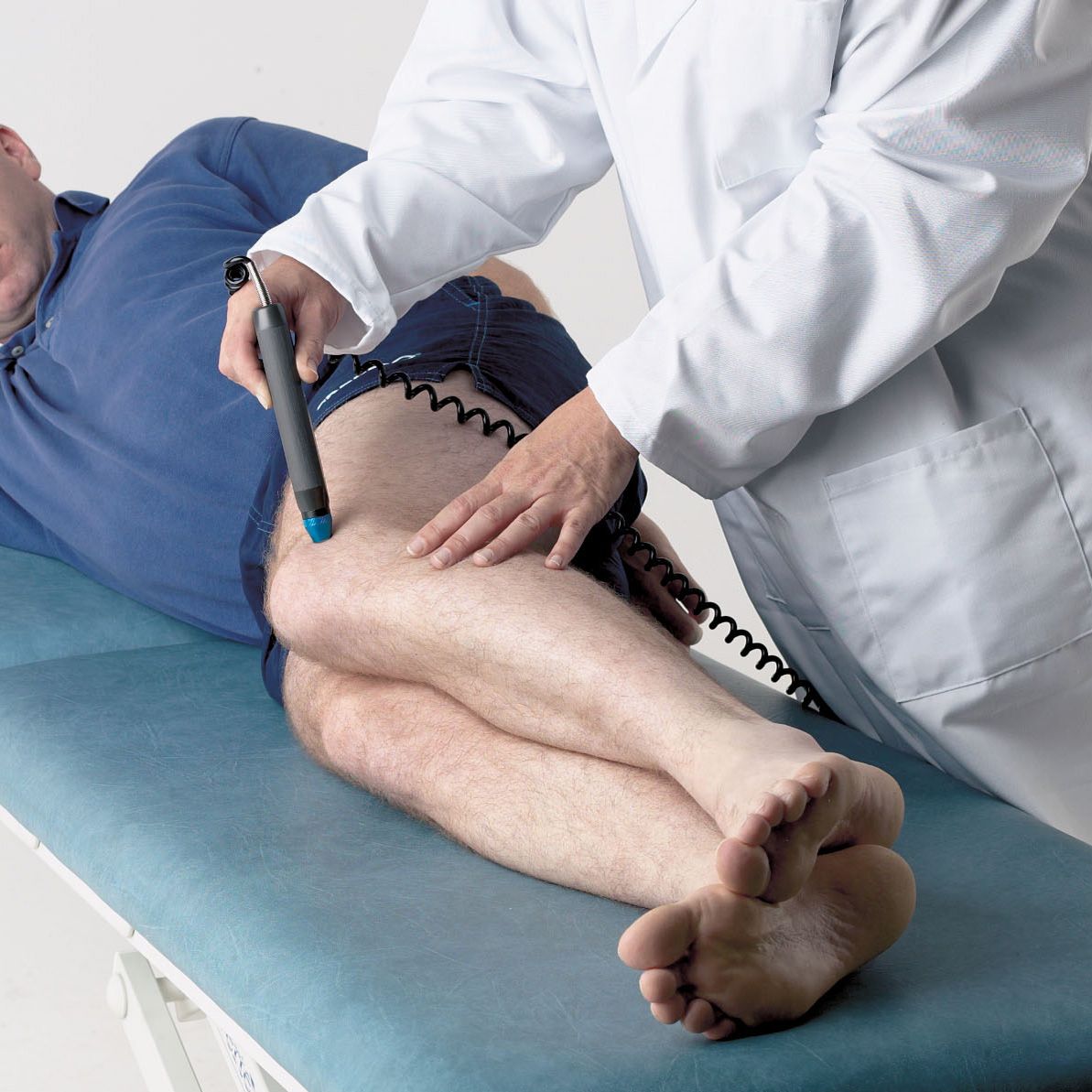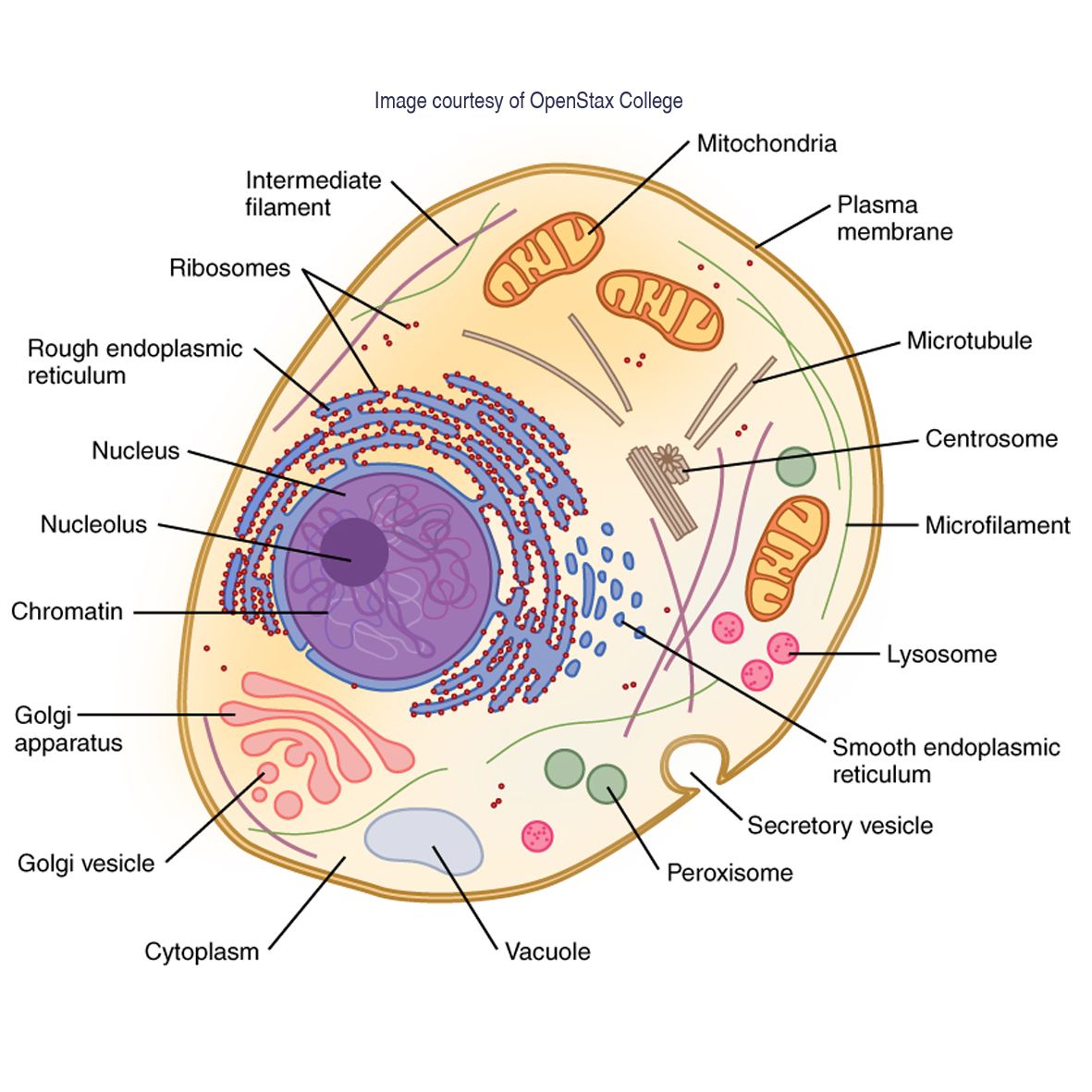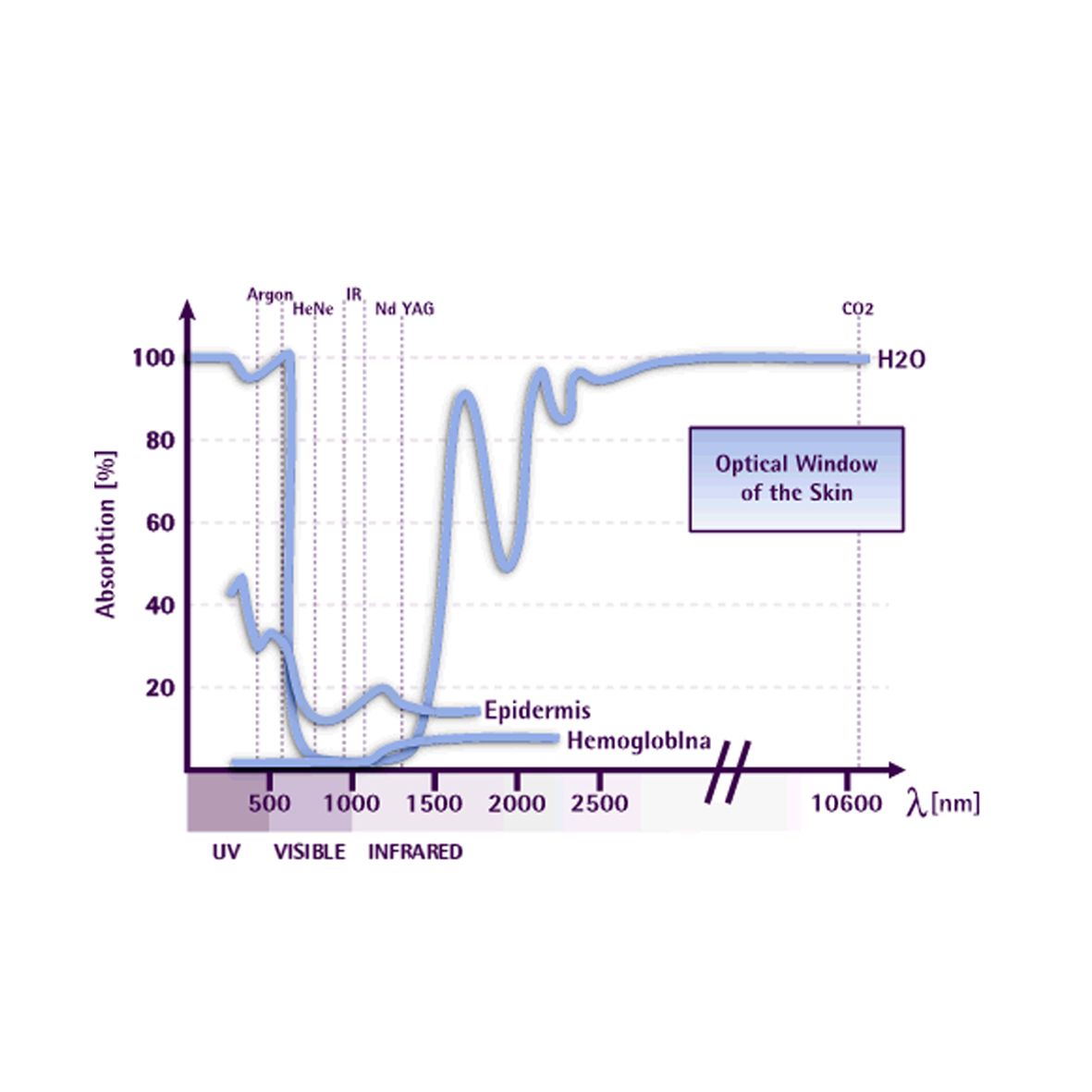What is Laser Therapy?
Low Level Laser therapy is also now known as PhotoBioModulation (PBM) and perhaps more helpfully so, since its action involves the modulation of the biological activity of the body through the controlled delivery of light which is monochromatic and usually but not always coherent laser light.
The therapeutic effects of PBM treatment were discovered by Endre Mester, a professor of surgery, who observed improved hair growth and healing in tissue adjacent to his laser surgery but where only a low laser dose was received. His subsequent work provided the initial volume of evidence for the efficacy of laser in healing.
Research has since shown the therapy to be dose dependent with effects which are bi-phasic in response but delivering appropriately low levels of light energy remains fundamental to achieving the desired biochemical effects. Low Level Laser Therapy equipment delivers the range of required light energy density with negligible thermal effect thus avoiding tissue damage through heat from excess power.

How it Works
The physiological responses to Low Level Laser Therapy involve stimulation of the body's natural healing processes, optimising repair and helping to restore normal cellular function. Although research on precise mechanisms continues, three key effects have been identified:

1. Healing growth factor response through:
- Increased ATP and protein synthesis
- Improved cell proliferation
- Change in cell membrane permeability to calcium up-take
2. Pain relief through:
- Increased endorphin release
- Increased serotonin
- Suppression of nociceptor action
3. Immune system support through:
- Increasing levels of lymphocyte activity
- Photomodulation of blood
The optimal equipment for delivering the right light energy doses
Key Parameters
The important parameters which need to be considered for clinicians to achieve the best possible therapeutic effects when using low level laser are:
- Wavelength
- Energy Density from Power Density and Time
- Pulsing
Wavelength
Wavelength is measured in nanometers. In Omega’s equipment it is set in the probe and is changed by using different probes. Our lasers are produced with wavelengths under 1000nm and fall into two classes with different characteristics – the visible red light range from 600nm to 780nm and the invisible Infrared over 780nm:
Red Light (Visible) from 600nm to 780nm
- Readily absorbed by the mitochondria and therefore potentially stimulatory
- Excellent source of stimulation of a range of growth factors
- Red Light does not penetrate very effectively below the skin surface and into the tissue below
- Red light is optimal for wound healing or superficial conditions but is not the most effective way to treat deeper injury.
Infrared (Invisible) over 780nm
- Absorbed through the cell walls (acting differently between cells) and therefore cell response is more wavelength specific in the infrared range, responding differently to different wavelengths
- More penetrative through the tissue, especially the 800nm to 900nm range, therefore this range is selected for treatment through intact skin and pain relief.
- Synergistic effects are achievable through combining selected wavelengths in both the infrared and red light ranges - see multi-wavelength cluster probes.
Energy Density (Joules/cm2)
To create a response in the growth factor cells or to provide pain relief it is necessary to make sure that we are delivering sufficient energy at appropriate density.
The basic formula for the calculation of the required energy which we as clinicians are providing in each treatment is based on the relationship of Energy Density (J/cm2) = Power Density (W/cm2) x Time (s).

Power Density is just the power (in Watts or milliWatts) of the beam which is fixed and labelled on each probe, divided by the surface area of the beam at the point of contact, which again is fixed per probe. Having selected their probe the user simply has to set the time required since the Omega control unit calculates the Energy Density depending upon the probe in use.
It should be noted that Energy Density has become a controversial and potentially confusing matter since some practitioners and researchers have started reporting in J/cm2 but calculating it by dividing the energy (J) provided by the treatment area rather than the beam area. This is effectively the average energy density and is quite different from the energy density of the beam. Another version in the same vein is to assume that points of application will each be applied in a different 1cm square and then go on to use Joules interchangeably with J/cm2. It is important to understand which convention is in use when reading international research as the energy delivered will vary enormously if these are misunderstood. Omega provides guidance on the probe choice and dosage for the most common procedures with each system purchased.
Pulsing Rate
The pulse repetition rate equals the number of times per second light is emitted. Research has indicated that there are effects specific to pulsing rate and so Omega Laser control units allow variation of pulsing rate from a selected set of appropriate options. Concise details of recommended pulsing frequencies are supplied with all Omega Laser Systems equipment.
For latest information and dose guidance, existing Omega Laser Systems customers can refer to their manual or contact us at info@omegalaser.co.uk.


